A Dry Powder Inhaler (DPI) is a device that administers dry powder medication to the lungs. DPIs (such as Inhalable insulin) have been utilized in treating diabetes mellitus, but are more typically used to treat respiratory disorders such as asthma, bronchitis, emphysema, Chronic Obstructive Pulmonary Diseases (COPD) and cystic fibrosis.
DPIs are an alternative to aerosol inhalers, often known as metered-dose inhalers (MDI).
Powdered DPIs may need to be prepared in a specific way before they are given to a patient. The drug is typically stored in the inhaler in a unique form or in a capsule that must be manually loaded in the inhaler device.
–> SEE ALSO: The Heart of The Sava Healthcare System Is Manufacturing
Once the inhaler is filled or activated with the capsule containing the drug, the user places their mouth over the mouthpiece, takes a quick and deep breath through the device, and holds their breath for 5-10 seconds. This enables the drug to go to the lower sections of the lungs.
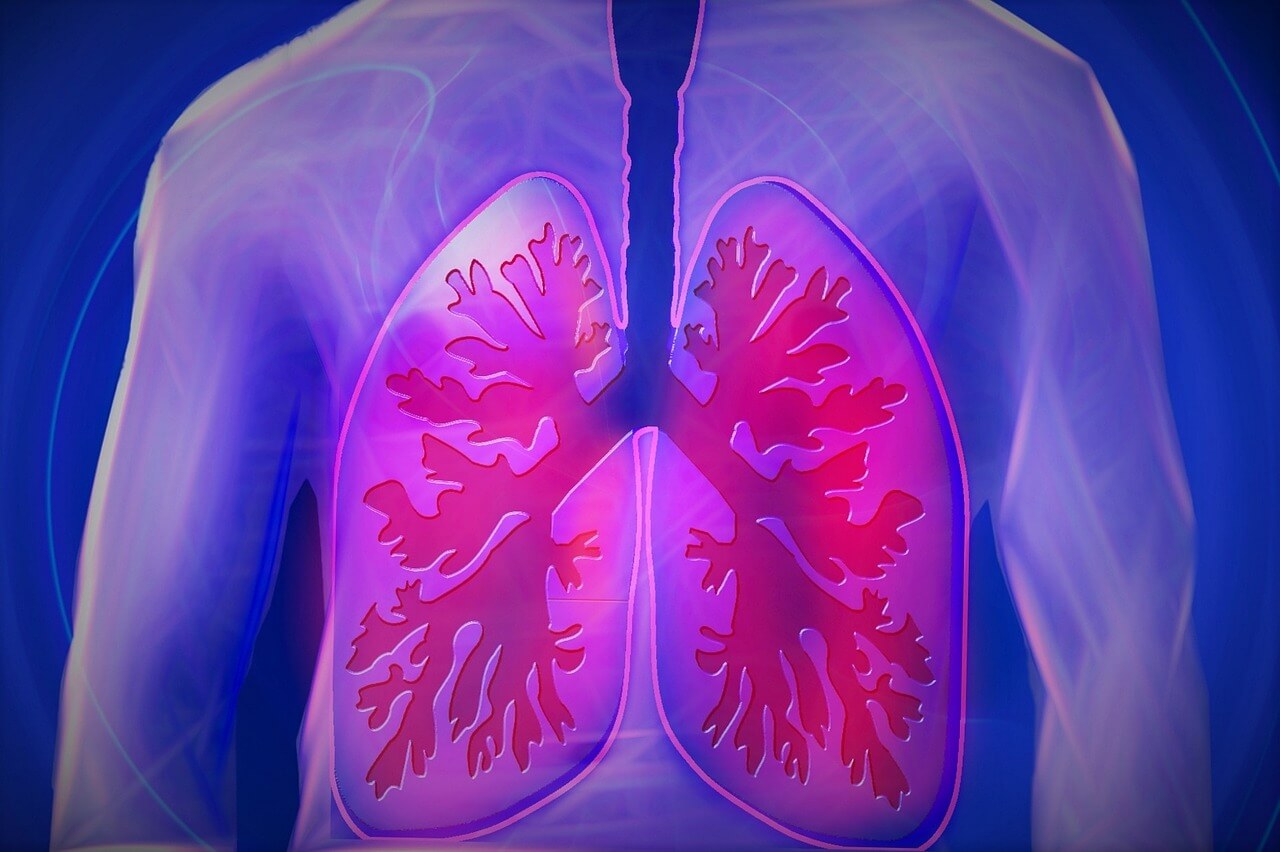
Since larger powder quantities may provoke coughing, the dose that may be administered in a single breath is usually less than a few tens of milligrams.
Most DPIs use the patient’s inhalation to entrain powder from the device and break it down into particles tiny enough to enter the lungs.
Thus, inadequate patient inhalation flow rates results in suboptimal device performance which in turn diminishes dose administration.
Because of the lowest inspiratory effort required for proper use, DPIs are often only utilized in older children and adults.
The Types of Dry Powder Inhalers Available in the Market
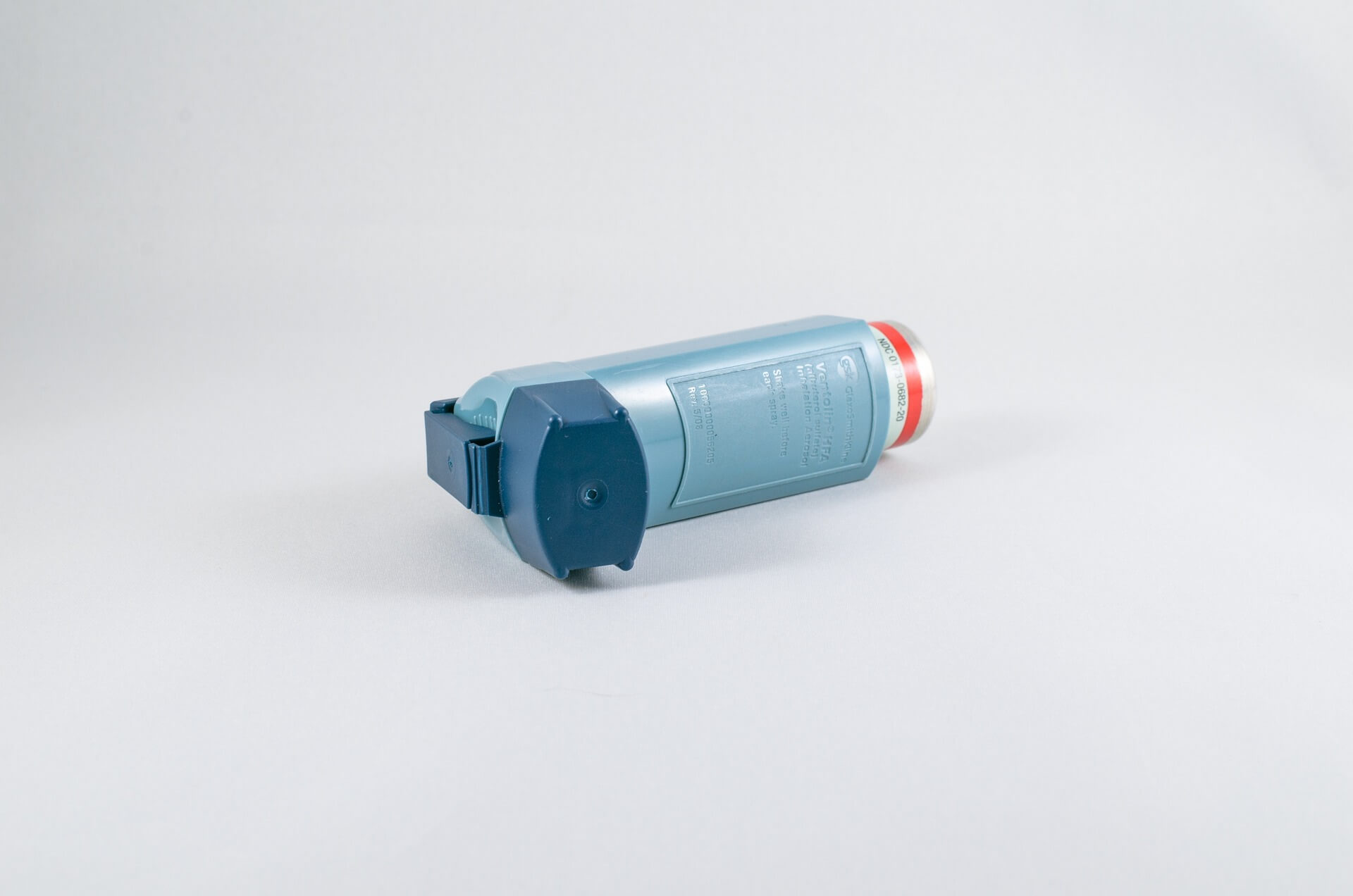
Dry powder inhalers have recently become more popular because of their various benefits compared to other drug dosage forms.
Firstly, it is easy to use. The user only needs to take the inhaler and inhale the powder to relieve the symptoms. Secondly, it is discreet. Unlike other medications, dry powder inhalers do not require the help of another person to take them orally or by injection. So, the use of these cannot be easily noticed by others in public and are less likely to be disruptive for the user.
This new method of treating symptoms can potentially save the lives of asthmatic patients in emergency situations.
The importance of Dry Powder Inhalers is exemplified in situations where they are unable to find a nebulizer or an oxygen tank nearby.
The Benefits of Using a Dry Powder Inhaler for People With Asthma
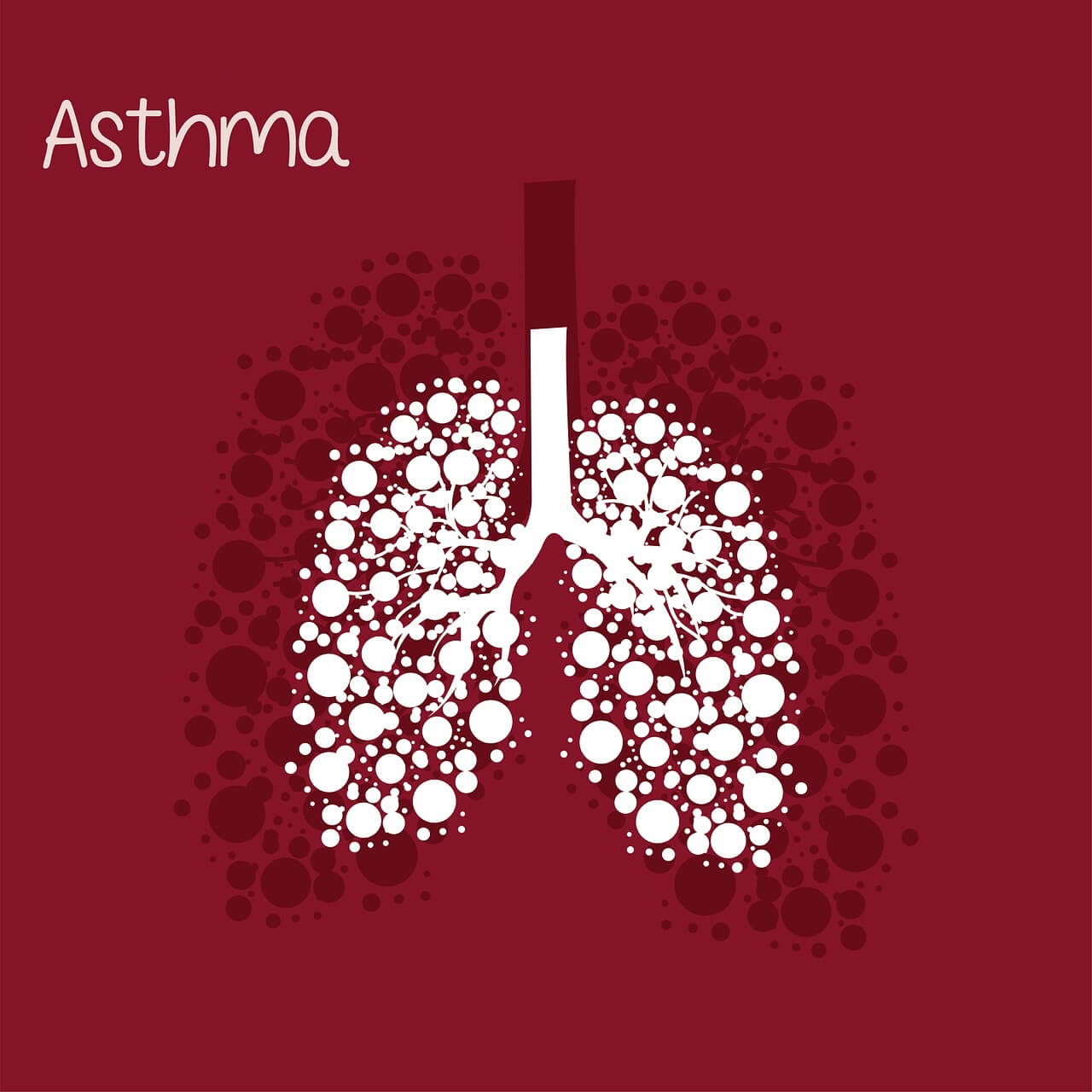
Dry Powder Inhaler are the most popular and effective way to administer medication for people affected by asthma. This is because they are easy to use and do not require water or any other materials.
The dry powder inhaler contains a pressurized canister of medication which is released when the user inhales air. The powder form of the medication is absorbed in the lungs, where it acts on the bronchial tubes and other parts of the respiratory system.
One of the benefits of using a dry powder inhaler over oral medications is that one does not need to take water for dosing oral tablets
This is highly beneficial to people who travel a lot or need to use an inhaler at work. They can use Dry Powder Inhalers without worrying about carrying heavy bottles of water with them all day long. The biggest advantage of DPI is its availability on the site of action.
–> SEE ALSO: Sinusitis Remedies To Prevent Pain In Winter
Lastly, these do not have any unpleasant taste like oral tablets. So, one can use them anywhere and anytime without any worries. DPI is preferred for drug administration mainly due to the large absorptive surface area of the lungs and the bypass of the hepatic portal system resulting in active pharmaceutical ingredients (APIs) to be directly delivered to lungs causing an immediate response and reducing the chance of gastrointestinal adverse reactions. Also, there is minimal risk for enzymatic degradation of drugs as the lung has low enzymatic activity.
Dosage Instructions and Usage Tips for the Different Types of DPIs
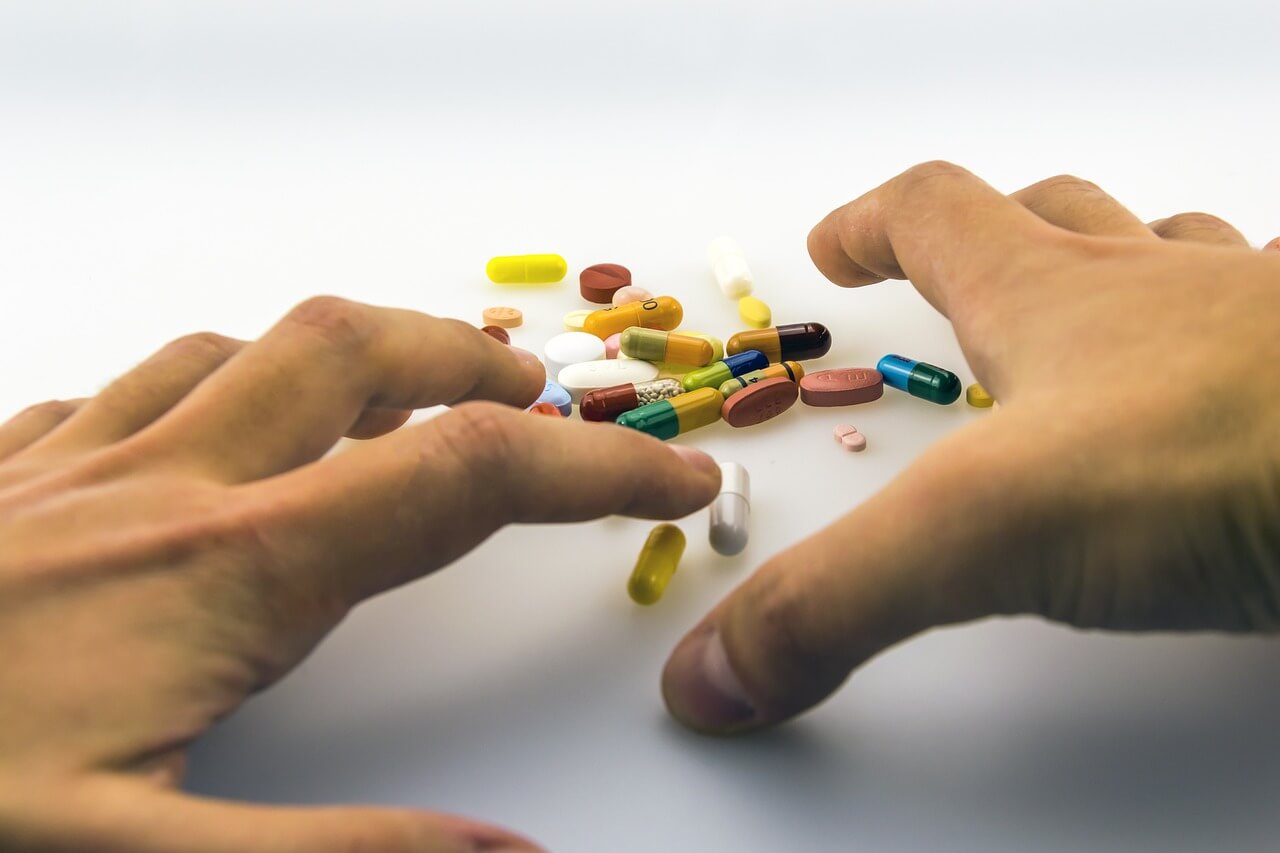
It is important to note that different types of DPIs can require different dosages. For example, if you are using a DPI that is not on the list, your dosage may be higher or lower than what is listed.
A person with allergies should also consider the ingredients in their medication when choosing a DPI. Some medications are more likely to cause an allergic reaction than others.
It’s, therefore, essential to find out the appropriate quantity and frequency of the dose to avoid any adverse effects or complications from taking too much or too little.
Challenges in the Manufacturing Process of Dry Powder Inhalers
The manufacturing process of the formulation of the dry powder inhalers is challenging because they need to be produced in a in Controlled environment having controlled Humidity condition with a uniform particle size of the drug, which is dependent on the lung’s lower tolerance capacity in comparison with an oral route of drug administration. The most desired particle size range of 1–5 µm.
Manufacturing Processes of Dry Powder Inhalers
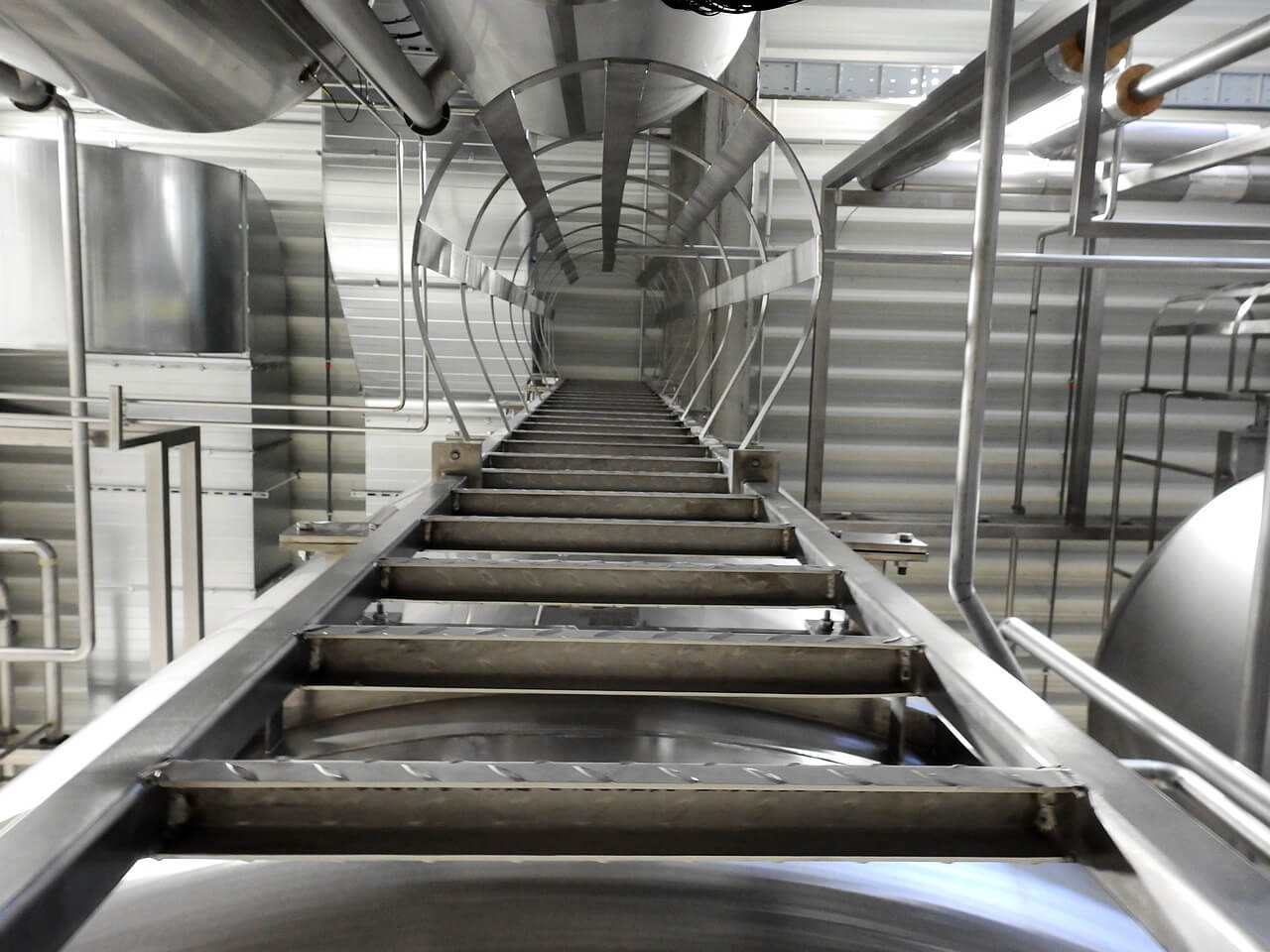
The manufacturing process of dry powder inhalers is a complicated process. It involves the intricate steps of preparing raw materials, filling the dry powder of the active drug along with excipients in the size -3capsule, sealing it, and finally packaging it.
The first step in this process is to prepare raw materials. This involves milling up the drug substance to ensure it is fine enough, blending it with other ingredients and then blending and carefully filling in the capsules.
Sava Healthcare and Dry Powder Inhalers
SAVA Healthcare, a prominent global leader in contract manufacturing of DPIs, provides world-class R&D and state-of-the-art manufacturing units at Surendranagar, Gujarat..
Sava Healthcare‘s goal is to spread over the globe as quickly as possible. To achieve this, Sava not only distributes and markets its respiratory product line internationally through our distribution networks but also engages in “contract manufacturing” and “formulation development” of a wide variety of generic goods.
With its global reach across countries like India, Canada, Ukraine, Georgia, Uzbekistan, Kazakhstan, Algeria, Chile, Guatemala, Ecuador, Costa Rica, Nepal, Sri Lanka, Myanmar, Vietnam, Cambodia, Philippines, Hong Kong, Mongolia, Kenya, Uganda, Tanzania, Ivory Coast, Chad, Burkina, Mali, Cameroon, Senegal, Togo, Benin, Niger, Mauritania, it caters to the growing demands of the changing world.
SAVA offers services that are benchmarked with superlative Quality and Supply and built on the sturdy pillars of financial solidarity, stability, reliability, operational expertise, infrastructure, technology and revolutionary business strategy and execution.
Sava Healthcare offers services in:
- Contract Research & Manufacturing Services
- Contract Research Organization & Technology Transfer
- Research & Development of technically complex and Novel formulations with DCGI approvals
- P2P & Loan License – offering quality products meeting global requirements
- Tender / Institutional business – through business associates globally
In addition, it offers a wide range of products in the category of dry powder inhalers:
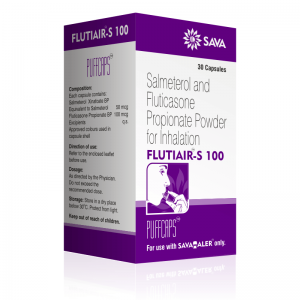
FLUTIAIR-S 100 includes Salmeterol Xinafoate BP equivalent to 50 mcg Salmeterol and Fluticasone propionate BP comparable to 100 mcg Fluticasone.
In terms of its active components, Flutiair-S 100 is identical to GlaxoSmithKline’s Advair.
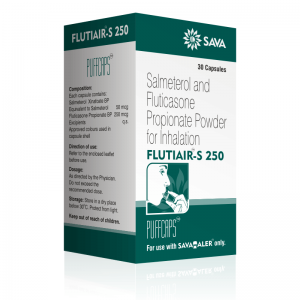
FLUTIAIR-S 250 is formulated with Salmeterol Xinafoate BP equivalent to Salmeterol 50 mcg and Fluticasone propionate BP 250 mcg.
The active components in Flutiair-S 250 are identical to those in GlaxoSmithKline’s Advair.
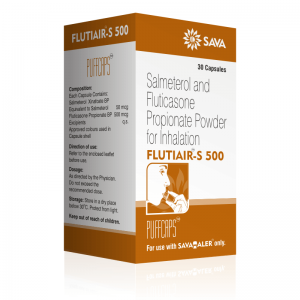
FLUTIAIR-S 500 comprises Salmeterol Xinafoate BP, which is equivalent to 50 mcg of Salmeterol, and Fluticasone propionate BP, equivalent to 500 mcg of Fluticasone.
Flutiair-S 500 is identical to GlaxoSmithKline’s Advair in terms of its active components.
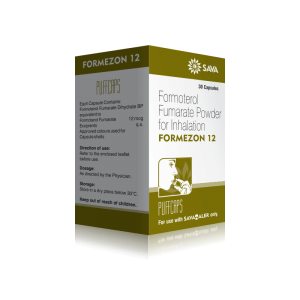
Formezon 12, which contains Formoterol Fumarate Dihydrate BP, is sold under the brand name Formezon 12. This is equal to 12 micrograms of formoterol fumarate.
The formula for Formezone 12 is identical to that of Merck’s Foradil Aerolizer.
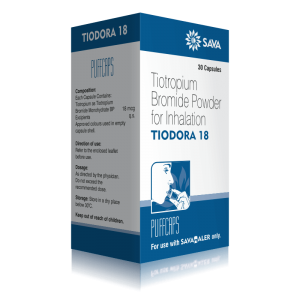
Tiodora 18 includes 18 mcg of Tiotropium bromide monohydrate.
Tiodora is identical to Boehringer-Ingelheim and Pfizer’s Spiriva Handihaler in terms of its active component.
SAVA Group is amongst the fastest emerging pharmaceutical organizations of repute from India. It has a reach of customers in Canada, Ukraine, CIS, Asia, Africa & FWA in the pharmaceutical arena, making the lives of millions of people feel good.
Sava pioneers in contract manufacturing, displaying excellence in manufacturing quality products at competitive rates due to a high installed annual manufacturing capacity.
Conclusion: The Future of Dry Powder Inhalers
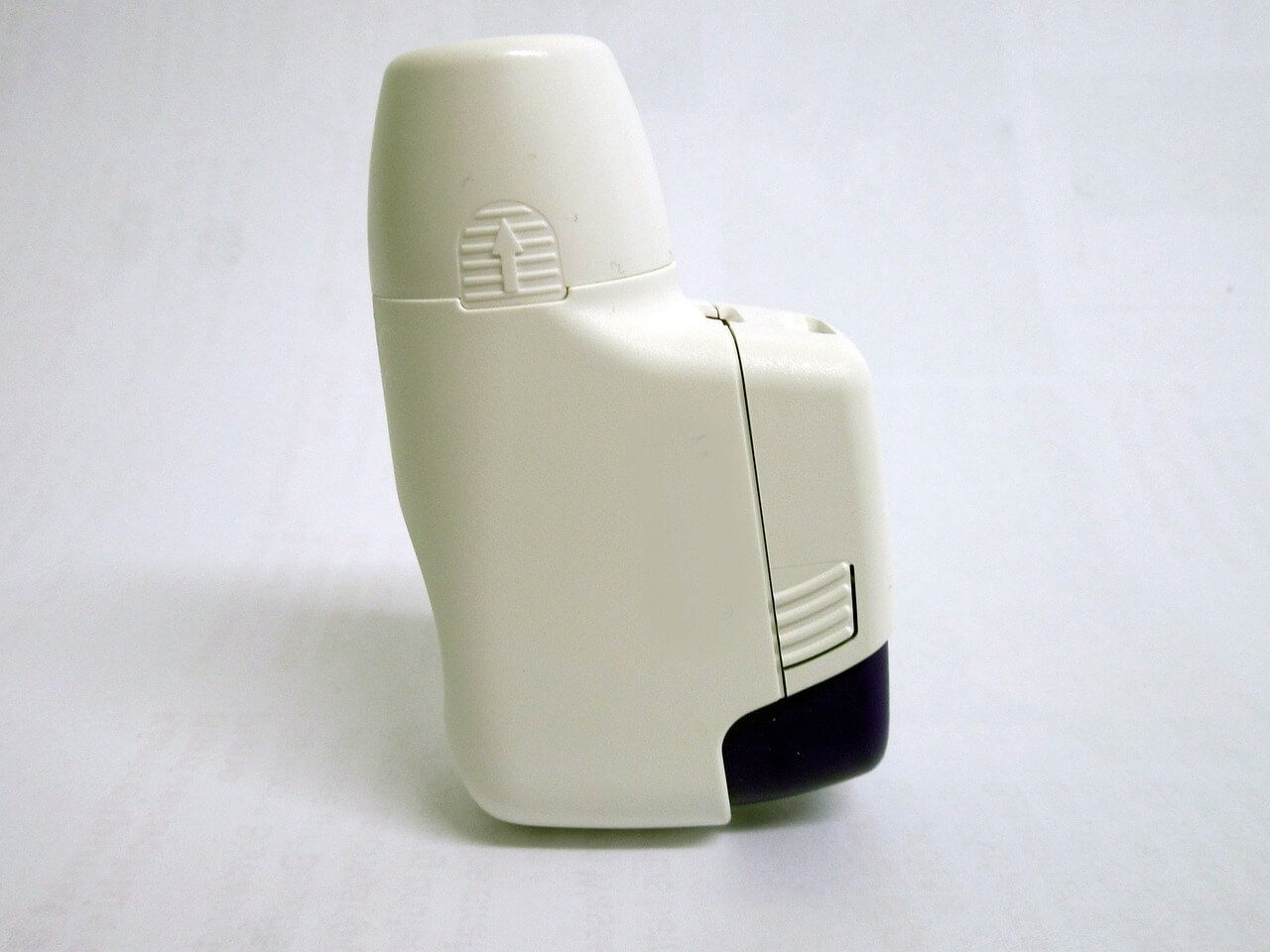
Inhalers are devices that a person uses to inhale medication or other substances. Among these, dry powder inhalers have exhibited a great deal of importance as one of the most effective and convenient types of inhalers. They work by delivering a measured amount of medicine in the form of a powder, helping patients recover faster.
The future for dry powder inhalers is promising because they can be used with a wide variety of medications and are more convenient than other dosage forms of the drugs. With the wide range of dry powder inhalers from Sava Healthcare, the scope for treatment and recovery is attractive.
